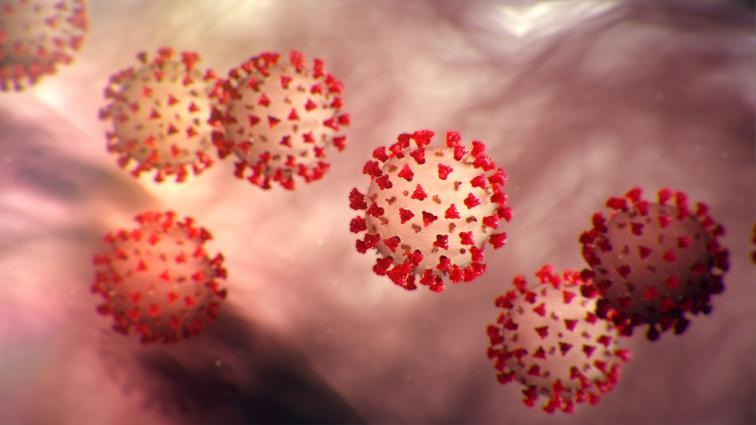Identifying emerging biological threats and epidemics rapidly, particularly concerning viruses, has historically been a challenging task. The odds for mounting an effective response against a viral outbreak before significant public harm is caused are currently low. A major cause for the delay in an appropriate response is the insufficiency of current diagnostic methods to identify a viral sample accurately. Furthermore, current methods that aim to identify a single virus in a complex biological sample are limited by not being able to assess the presence of more than one viral family at a time, thus not reaching the scope of analysis that could be needed to properly identify the cause of a potential outbreak. Rapidly detecting and identifying the correct family of virus causing an infection or outbreak is a critical early step to mitigating any casualties it may cause.
LLNL researchers have developed a method to quickly and accurately identify the family of a virus infecting a vertebrate via PCR. Universal primer sets consisting of short nucleic acid strands of 7 to 30 base pairs in length were created to amplify target sequences of viral DNA or RNA. These primers can amplify certain identifying sequences of all viral genomes sequenced to date as well as numerous virus subgroupings. The PCR products are separated on a gel by gradient electrophoresis to identify the virus. Altogether, these primers can identify all 28 known virus families that affect vertebrates. Each strain or species of virus produces its own unique electrophoretic banding signature, allowing for easy and quick virus identification. Primer libraries will be updated as new virus families and subgroupings are discovered and classified.
- Rapid identification of virus family and subgrouping
- Both high and low throughput applications
- Detecting and identifying bio-threat agents containing nucleic acids such as spores, bacteria, and viruses among others
- Detection, amplification, and automated processing of microbial or viral DNA or RNA in biological samples in clinical and forensic settings
- High throughput genetic screening for drug discovery and novel therapeutics
LLNL currently holds a patent 9,434,997 "Methods, compounds and systems for detecting a microorganism in a sample" for this invention (internal reference # IL-11773).


